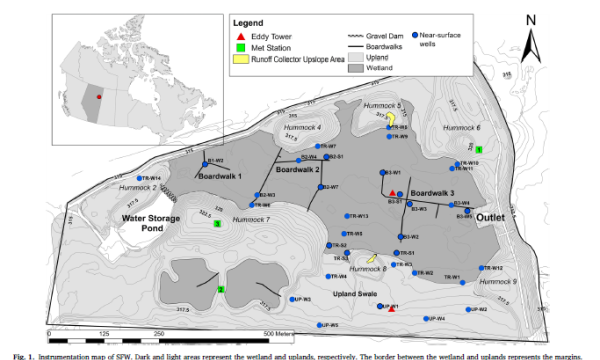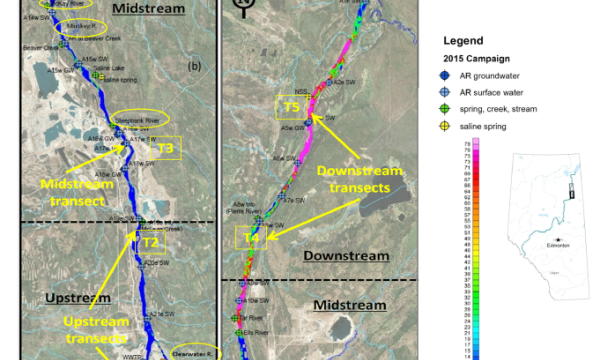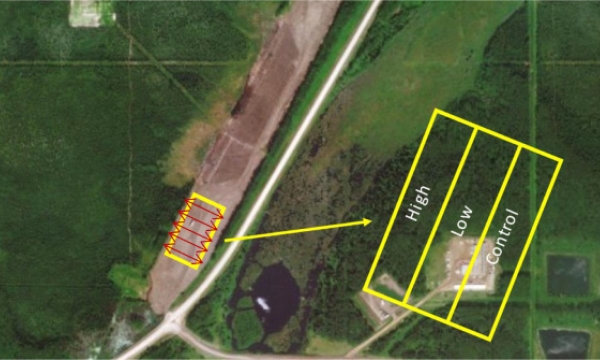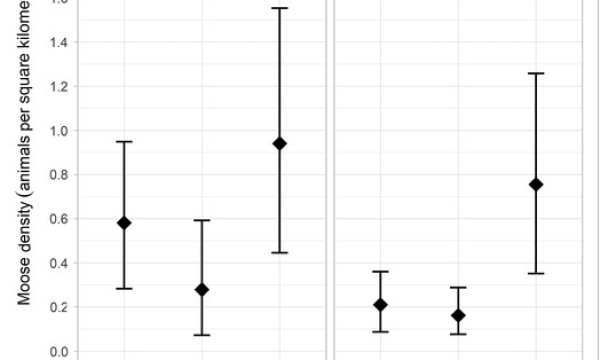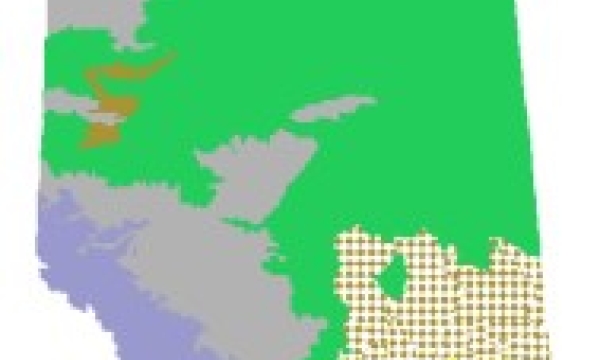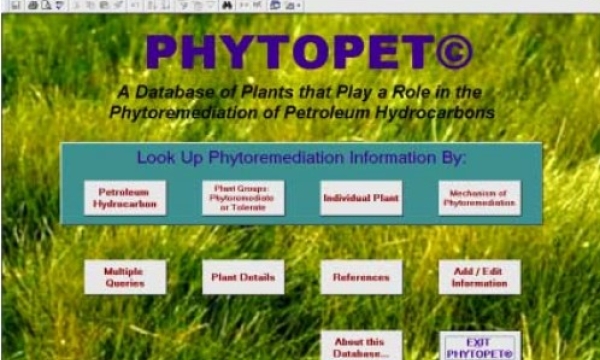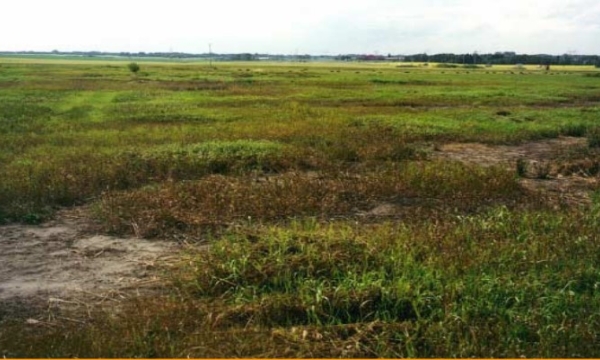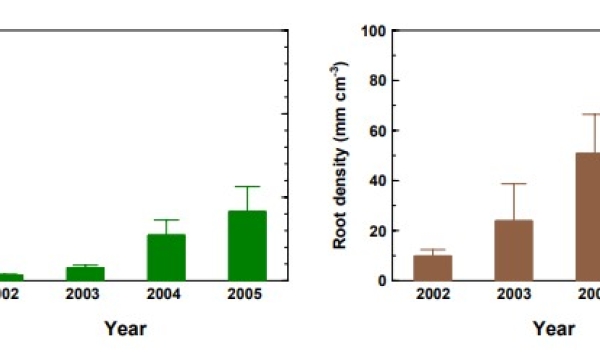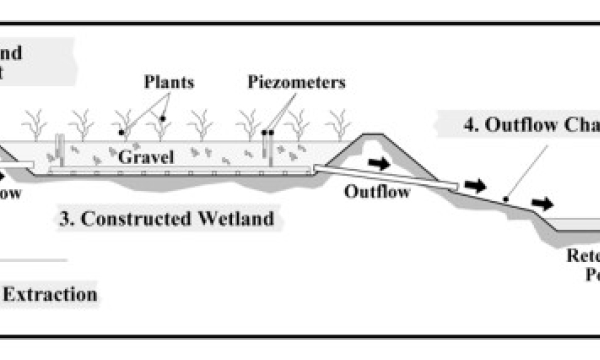Land Management Resources
Resource
Study Focus: Six years of hydrochemical data (2013 – 2018) from the Sandhill Fen Watershed (SFW), a 52-ha upland-peatland catchment that was built upon highly saline soft tailings, were used to...
Resource
Authors
M. Ghotbizadeh
Chad Cuss
Iain Grant-Weaver
A. Markov
Tommy Noernberg
Ania Ulrich
William Shotyk
With a wide variety of natural and potential anthropogenic inputs, the Athabasca River (AR) has been the focus of recent attention. In addition to natural inputs of trace elements (TEs) from...
Resource
Authors
Angeline Van Dongen
Caren Jones
Amanda Schoonmaker
Jill Harvey
Dani Degenhardt
Resource Date:
November
2022
Alberta’s forests are becoming increasingly disturbed and fragmented by the cumulative effects of anthropogenic distur�bances exacerbated by the enduring footprint of seismic lines on the landscape...
Resource
Authors
Chibuike Chigbo
Amanda Schoonmaker
Dani Degenhardt
Land application of biosolids may be an effective strategy to improve soil quality and better support the establishment of native vegetative cover on an industrial footprint with marginal soil...
Resource
Authors
Marcus Becker
Dave Huggard
Melanie Dickie
Camille Warbington
Jim Schieck
Emily Herdman
Robert Serrouya
Stan Boutin
Estimating animal abundance and density are fundamental goals of many wildlife monitoring programs. Camera trapping has become an increasingly popular tool to achieve these monitoring goals due to...
Resource
These guidelines are designed to help land users minimize, or avoid, potential adverse effects on selected wildlife and wildlife resources when conducting activities on public and private lands within...
Resource
Authors
R.E. Farrell
C.M. Frick
J.J. Germida
The cold climate and short growing season characteristic of the major oil and gas producing regions of western Canada make it particularly important to conduct phytoremediation research on plants...
Resource
The cold climate and short growing season characteristic of the major oil and gas producing regions of western Canada make it particularly important to conduct phytoremediation research on plants...
Resource
A cooperative trial to test the use of vegetation to enhance treatment of soils contaminated with weathered petroleum hydrocarbons (PHCs) was initiated in 2002. Experimental protocols were adapted...
Resource
A pilot scale constructed wetland was built at the Strachan Gas Plant to evaluate its ability to treat dissolved phase hydrocarbons in groundwater. The overall objective was to assess the feasibility...


